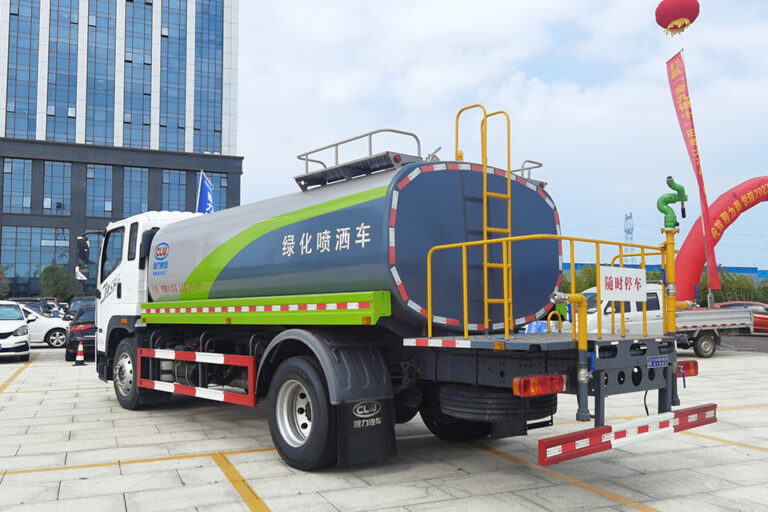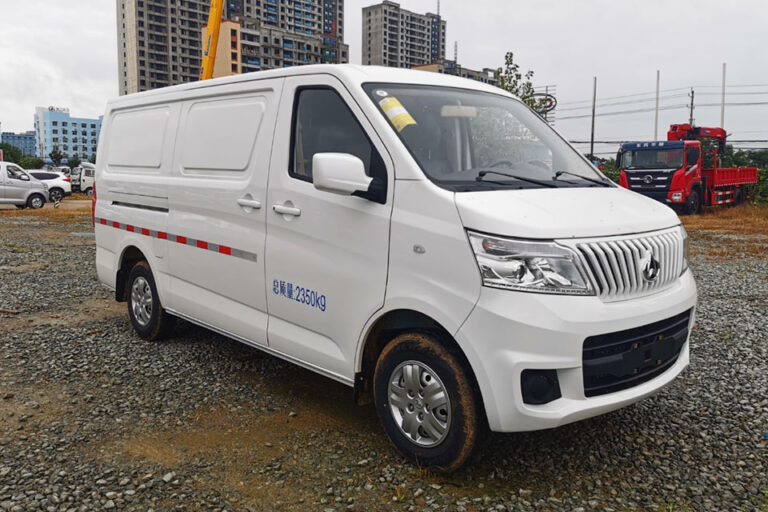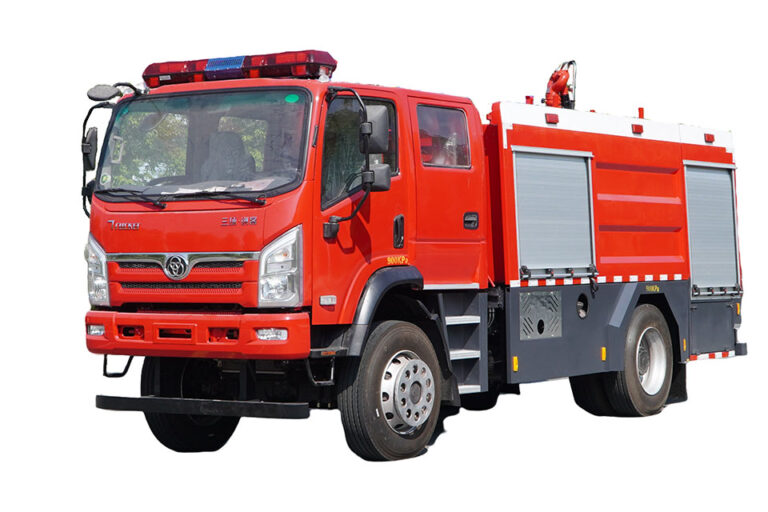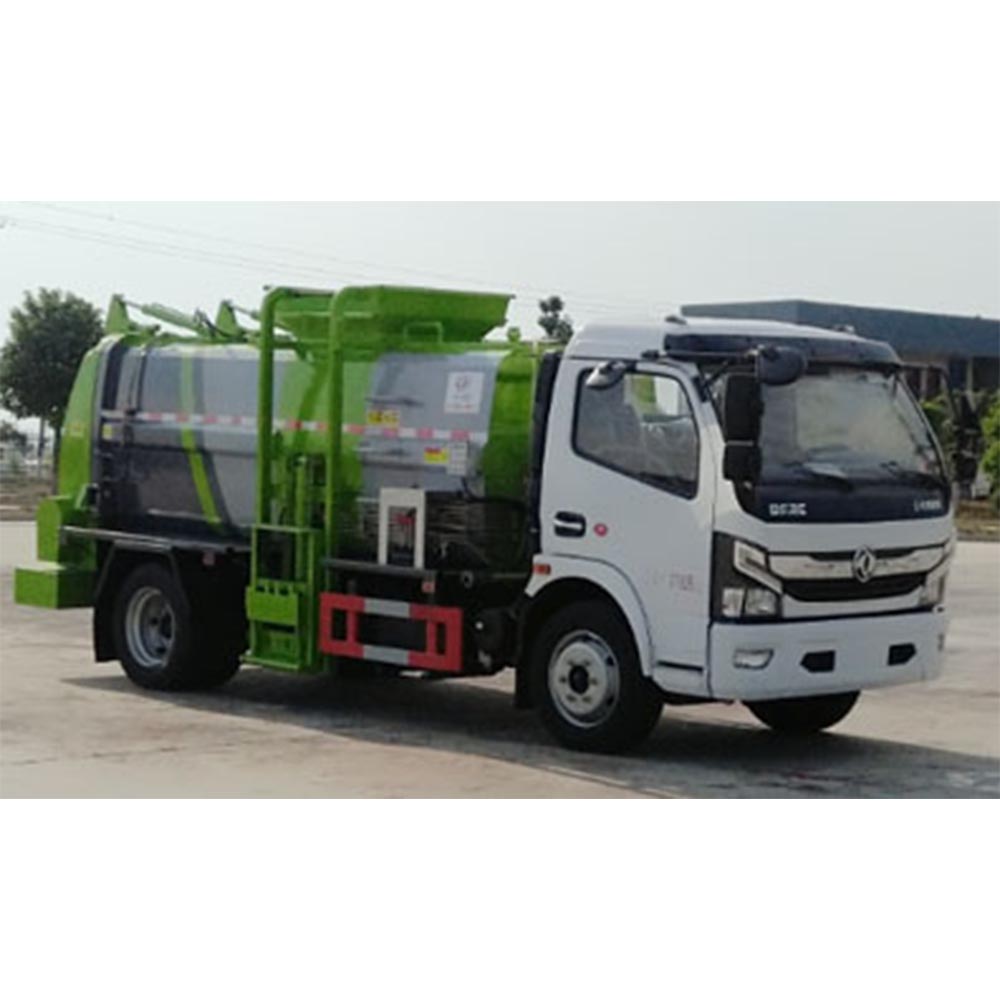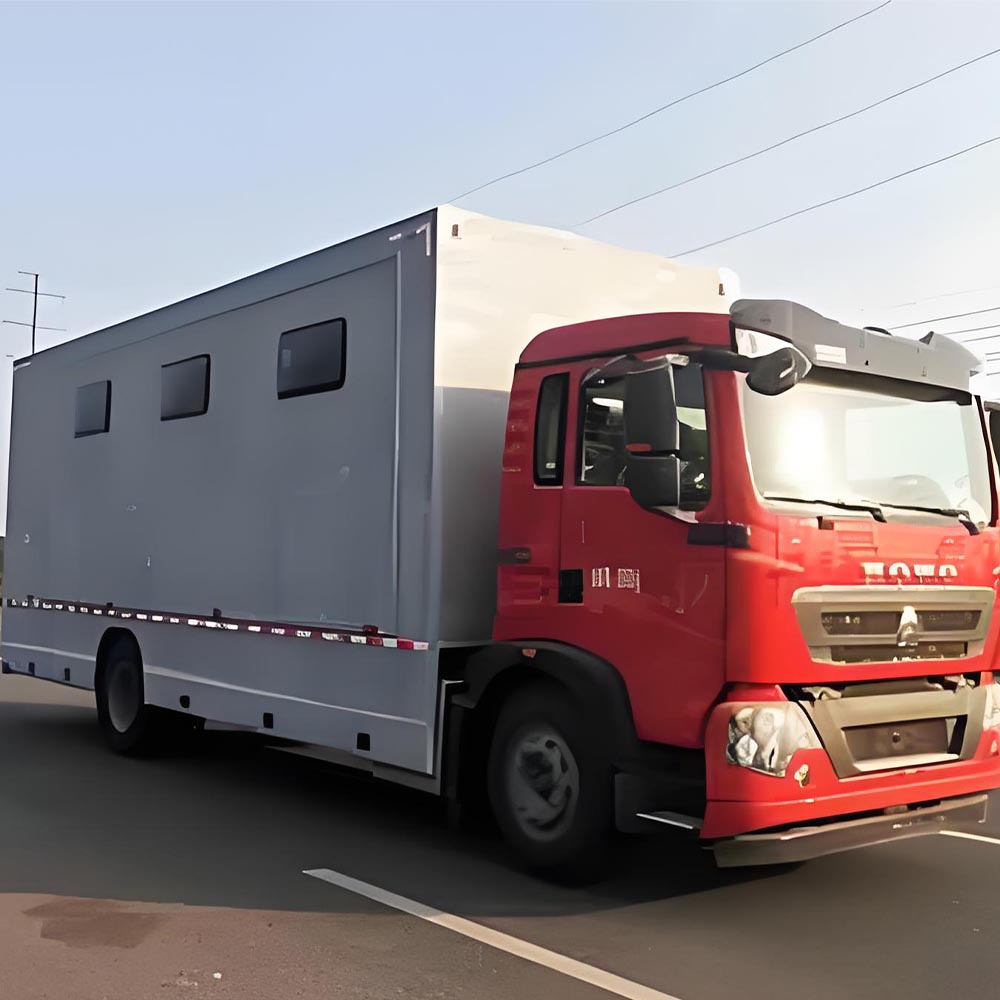-
Chengli Automobile Industry Park
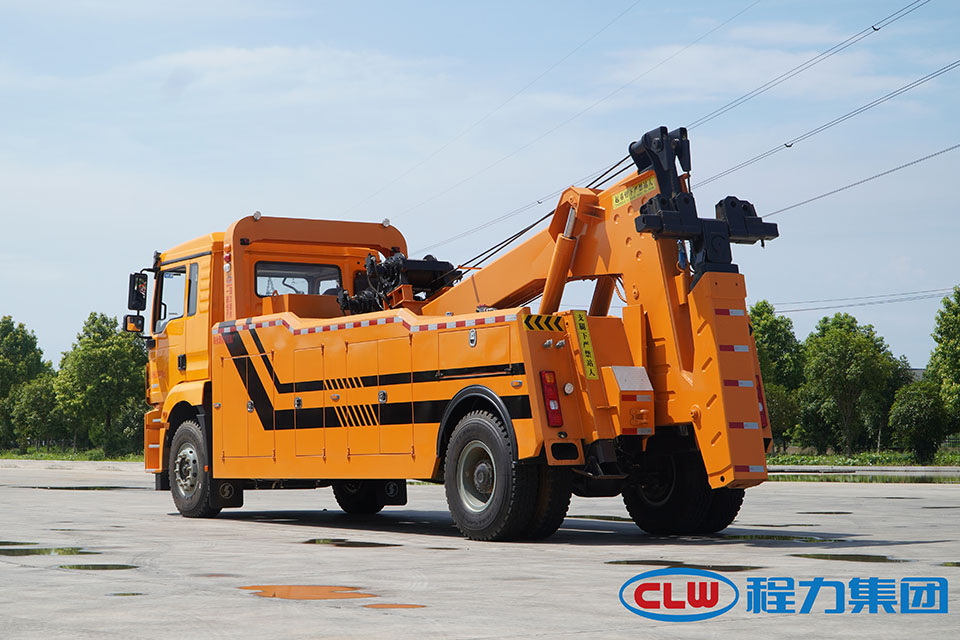
Why are wreckers so expensive?
Why Are Wreckers So Expensive in 2025?
Are you shocked by high wrecker prices? Many people ask why these big trucks cost so much in 2025. Let’s find out why!
Table of Contents
What is a Wrecker?
A wrecker is a big truck that helps move broken cars. Some people call them tow trucks. They pick up cars that won’t run or after crashes.
Wrecker services (tow trucks) cost more in 2025 for several key reasons. This infographic breaks down the main factors.
Key Cost Drivers
Recycling Tech: More advanced (and expensive) tech is now used to recycle cars.
Rising Car Prices: New and used cars are more expensive, driving up part costs[1].
Used Car Shortage: Fewer used cars are available, making it harder to find parts[2].
Electric Vehicles: EVs have unique, costly components and require specialized handling.
Regulations: Stricter recycling rules add to the cost of wrecker operations.
Labor & Training: Skilled labor and specialized training for new tech increase expenses.
Car Price Trends (2024-2025)
This chart shows how new and used car prices are trending, impacting wrecker service costs.
Used Car Sales Volume (2024-2025)
This chart shows how Used Car Sales are trending, impacting wrecker service costs availability.
Why Wreckers Cost So Much Money Now
1. Recycling Technology Costs More
Wreckers now use smart tech to recycle better. They have:
- Smart sensors that tell what parts are in cars
- Better tools to take cars apart
- Special systems to sort metals and plastics
These new tools cost a lot of money. Wreckers must buy them to do good work.
2. Car Prices Keep Going Up
New cars cost about $48,724 in late 2024. That’s 2.3% more than before! When new cars cost more, used parts and wreckers also cost more.
3. Not Enough Used Cars
There are fewer used cars now. In 2025, we will see:
- 37.8 million used cars sold (only 1% more than last year)
- 20.1 million retail used car sales (1.2% growth)
With fewer used cars, wreckers have less to work with. This makes prices go up.
4. Electric Cars Change Things
Electric cars (EVs) last longer than gas cars. An EV with 155,000 miles can still run well! This means:
- EV parts cost more to get
- Special tools needed for EV batteries
- More training for workers
All this makes wrecker services cost more for electric cars.
5. Rules About Recycling
The government has strict rules about how to recycle car parts. Wreckers must:
- Safely handle dangerous materials
- Follow special steps for e-waste
- Work with other companies on standards
Following these rules costs extra money.
Compare New Car vs. Used Car vs. Wrecker Costs
| Type | Average Cost | Change from Last Year | Why It Matters to Wreckers |
|---|---|---|---|
| New Cars | $48,724 | Up 2.3% | Higher new car prices mean wreckers cost more too |
| Used Cars | $25,571 | Varies by type | Used car shortage makes parts harder to find |
| Wrecker Service | Varies by job | Up 10-15% | Costs more due to all factors above |
How Car Types Affect Wrecker Costs
Different car types cost different amounts to tow or fix:
Gas Cars
- Parts: Easier to find
- Skills: Most workers know how to fix
- Cost: Lower than EVs usually
Electric Cars
- Parts: Harder to find, cost more
- Skills: Need special training
- Cost: Higher due to battery systems
- Fun fact: EVs with high miles still have value because motors last longer
If you need to move a heavy dump truck, it will cost much more than a small car.
Why Heavy Trucks Need Special Wreckers
Big trucks like semi-trailer tractor trucks need extra strong wreckers. These special wreckers cost more because:
- They need bigger engines
- They need stronger parts
- They need special training to use
- They must move very heavy loads
New Technology in Wreckers
Modern wreckers have cool new tech that costs money:
- Smart winches that pull cars safely
- Computer systems to control lifting
- Special beds that adjust for different cars
- Safety features to protect cars and people
When you need rescue after a crash, emergency rescue fire trucks often work with wreckers. Both have high-tech tools.
Will Wrecker Prices Go Down Soon?
Experts think wrecker prices will stay high in 2025 because:
- Car prices keep going up
- Parts cost more
- Less supply of used vehicles
- Fuel costs are high
- New tech adds costs
CarEdge experts think new car prices might drop 3-5% by late 2025, which could help wrecker prices a little.
How to Save Money on Wrecker Services
Even with high prices, you can save money:
- Join a roadside help plan
- Compare prices before you need help
- Take care of your car to avoid breakdowns
- Know your insurance – it might pay for towing
Types of Wreckers and Their Costs
| Wrecker Type | What It’s For | Price Range | When You Need It |
|---|---|---|---|
| Flatbed | Cars, small trucks | $$ | When car won’t roll |
| Hook and chain | Older cars | $ | Quick tows, damaged cars |
| Wheel-lift | Most cars | $$ | Better for nicer cars |
| Heavy-duty | Big trucks, buses | $$$$ | For crane trucks and big vehicles |
| Integrated | Modern cars | $$$ | Best for newer cars |
The Future of Wreckers
What will happen with wreckers in the future? We might see:
- More electric wreckers with clean power
- Self-driving wreckers that come when called
- Better recycling of all car parts
- Faster service with app-based calling
Summary: Why Wreckers Cost So Much
Wreckers cost a lot in 2025 because:
- New technology costs more money
- Car prices keep going up
- Used car shortages make parts hard to find
- Electric cars need special tools
- Strict rules about recycling add costs
- Bigger, better trucks cost more to build
- Training for workers costs money
Next time you need a wrecker, you’ll know why the bill is so high!
Questions People Ask
Will wrecker prices go down soon?
Probably not in 2025. The things that make them expensive aren’t changing yet.
Do electric cars cost more to tow?
Yes! They need special care and tools.
Can I save money by joining a club?
Yes! Many car clubs offer cheaper towing.
Why does towing big trucks cost so much more?
Big trucks need special big wreckers that cost way more to buy and run.


